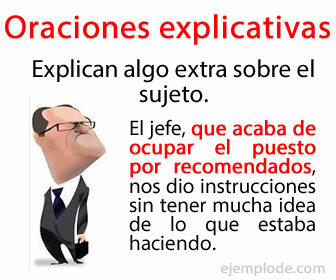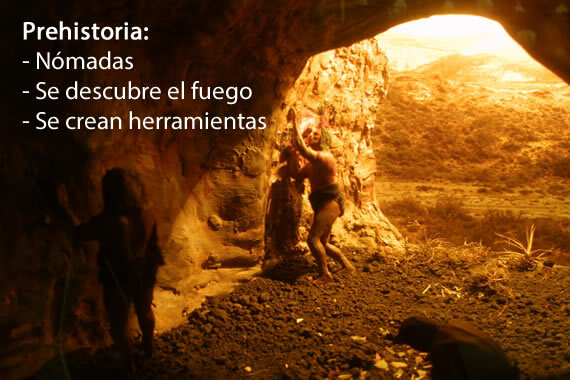Definition of the Allegory of the Cave
Miscellanea / / November 22, 2021
Conceptual definition
An important passage from one of the most recognized works of the Greek philosopher Plato, the Republic, is known as the allegory of the cave. Its relevance lies in the fact that it symbolizes a central aspect of Platonic thought: its dualistic metaphysics.

Philosophy training
From the allegory of the cave, in the Book VII of the Republic, Plato explains the dualistic division of the world into sensible and intelligible. The allegory relates the situation of a group of men confined to living in a cave whose only exit and source of light is located behind them. They cannot turn around, since they are chained, so their only chance is to observe the shadows of the beings that transit outside, projected in front of them, on the wall opposite to the Exit.
The cave is the representation of the world of the doxa, that is, as we have mentioned before, the world where the prisoners construct their opinions according to sensible appearances, false copies. Outside, namely, in the world of Ideas, there are real and true beings.
The story continues with the case of one of the men, who is released and, with effort and pain, ascends to the outside world, where he gradually gets used to seeing the figures directly. The process described is, in truth, the gradual ascent towards knowledge. Finally, the same man is forced to descend once more to the cave, with the same sufferings that he suffered when he left it. East movement he is the one from the dialectics ascending-descending that Plato proposes as a way of knowing the truth. Upon returning, his former colleagues ridicule and punish him.
Plato affirms that it is the man who ascends, that is, the wise man, who knows the Ideas, the one who must govern the polis. In this sense, we see that there is a close relationship, according to the philosopher, between knowledge, ethics and politics.
Principles of Platonic Metaphysics
The metaphysics Platonic —that is, in general terms, the explanation of what being is—, is characterized by being a dualistic metaphysics. Plato takes, as a starting point, the postulates of Parmenides about the status of being and the univocity of ideas. The world, then, can be divided into two areas: the intelligible world and the sensible world. The intelligible world is the world of being, of essences, of the real. In it are the Ideas, which consist of archetypes of everything that exists. This world is characterized by being universal, perfect, unique, necessary, objective, immutable, timeless, spaceless, and its existence is independent of our thought.
On the contrary, the sensible world is nothing but appearance. It is a world characterized by the particular, the imperfect, the multiple, the contingent, the individual or subjective, the mutable, the spatio-temporal and, unlike the intelligible world, is dependent on the thought.
In this way, the characteristics of the two areas are opposite. However, there is a relationship between the two worlds, insofar as they are similar. The sensible world participates in the intelligible world, while sensible things are in Ideas, through a relationship of similarity. Thus, for example, singular objects that we perceive through the senses are degraded copies of archetypes, essences, found in the world of Ideas, which we access through the reason. In turn, the Ideas are arranged in an ascending manner, according to their degree of entity, being the Idea of the Good the one with the greatest entity and, later, the highest Idea.
The gnoseological aspect
Platonic gnoseology establishes two ways of knowing: on the one hand, the field of doxa, —that is, opinion—, supposes knowledge through the senses, therefore, it is partial and imperfect; while the field of episteme - legitimate knowledge - is accessible only through reason and gives rise to a universal and true knowledge, that of Ideas. The method that leads from one plane to another in the search for truth is the ascending-descending dialectic.
In this sense, Platonic gnoseology is closely linked with its metaphysics, in such a way that there is a hierarchy ontological-epistemological from the highest Ideas to their sensible copies, ontologically degraded.
Bibliography
PLATÓN, República, Book VII, Ed. Gredos, Madrid 1992 (Translation of C. Eggers Lan).
Themes in the Allegory of the Cave

